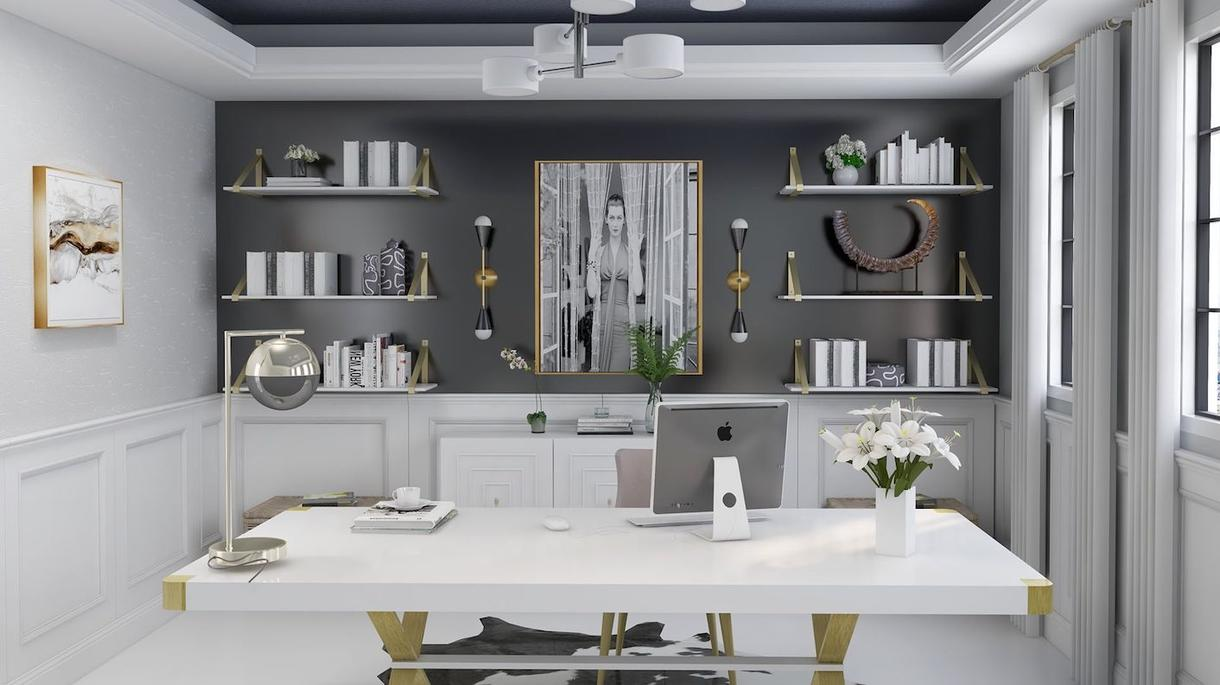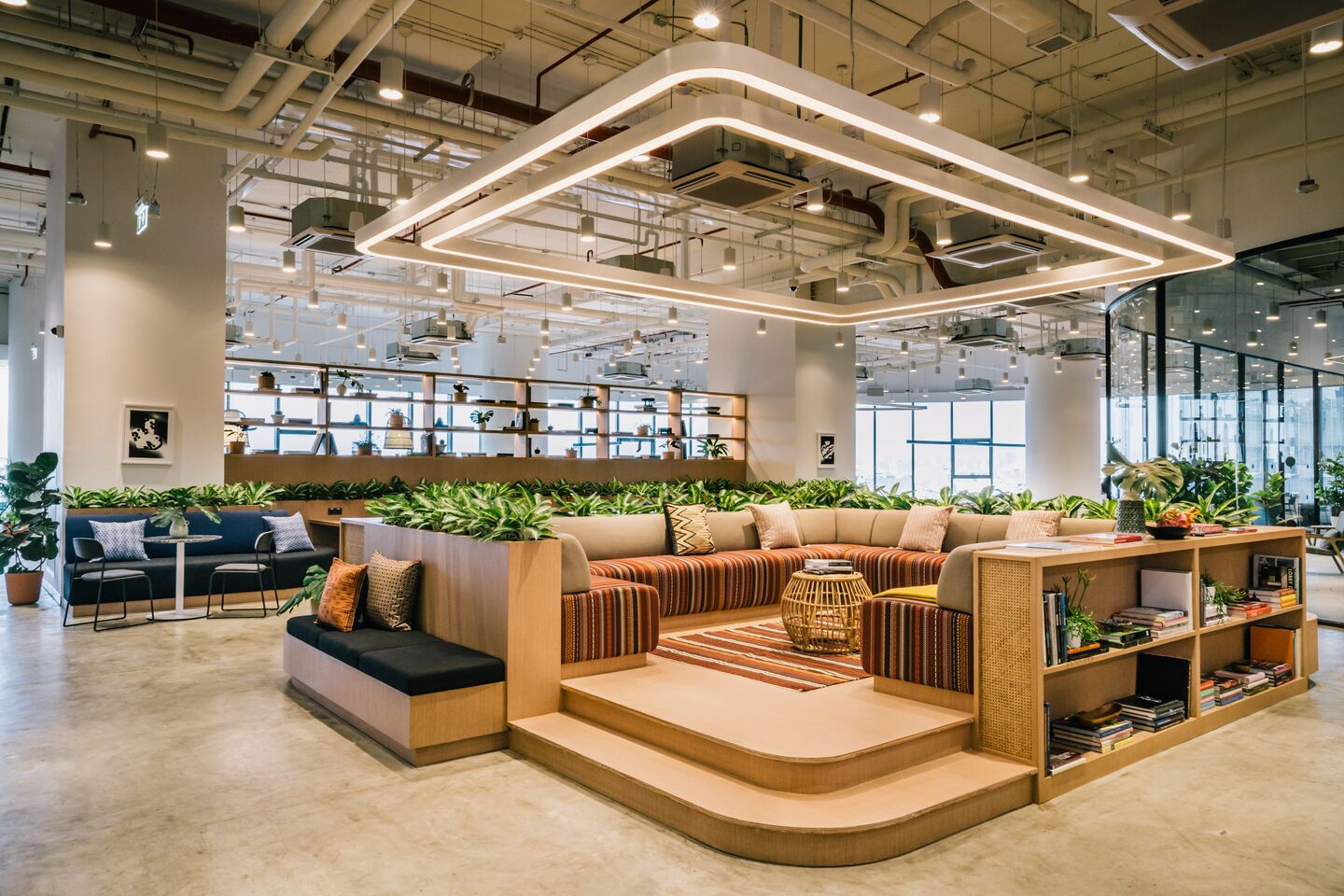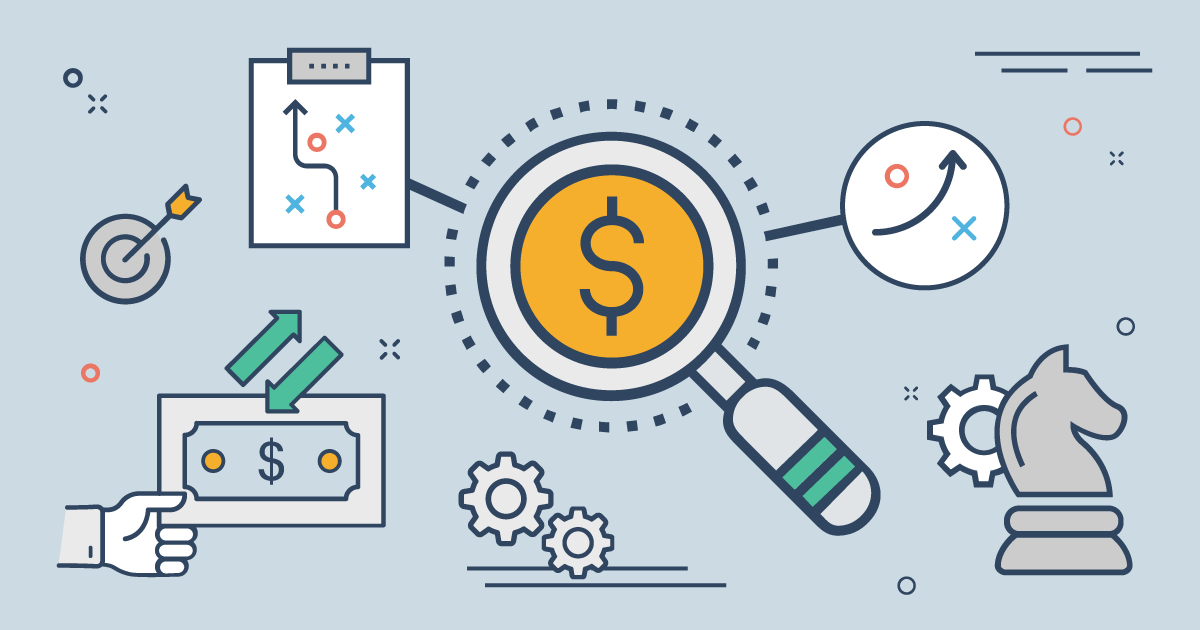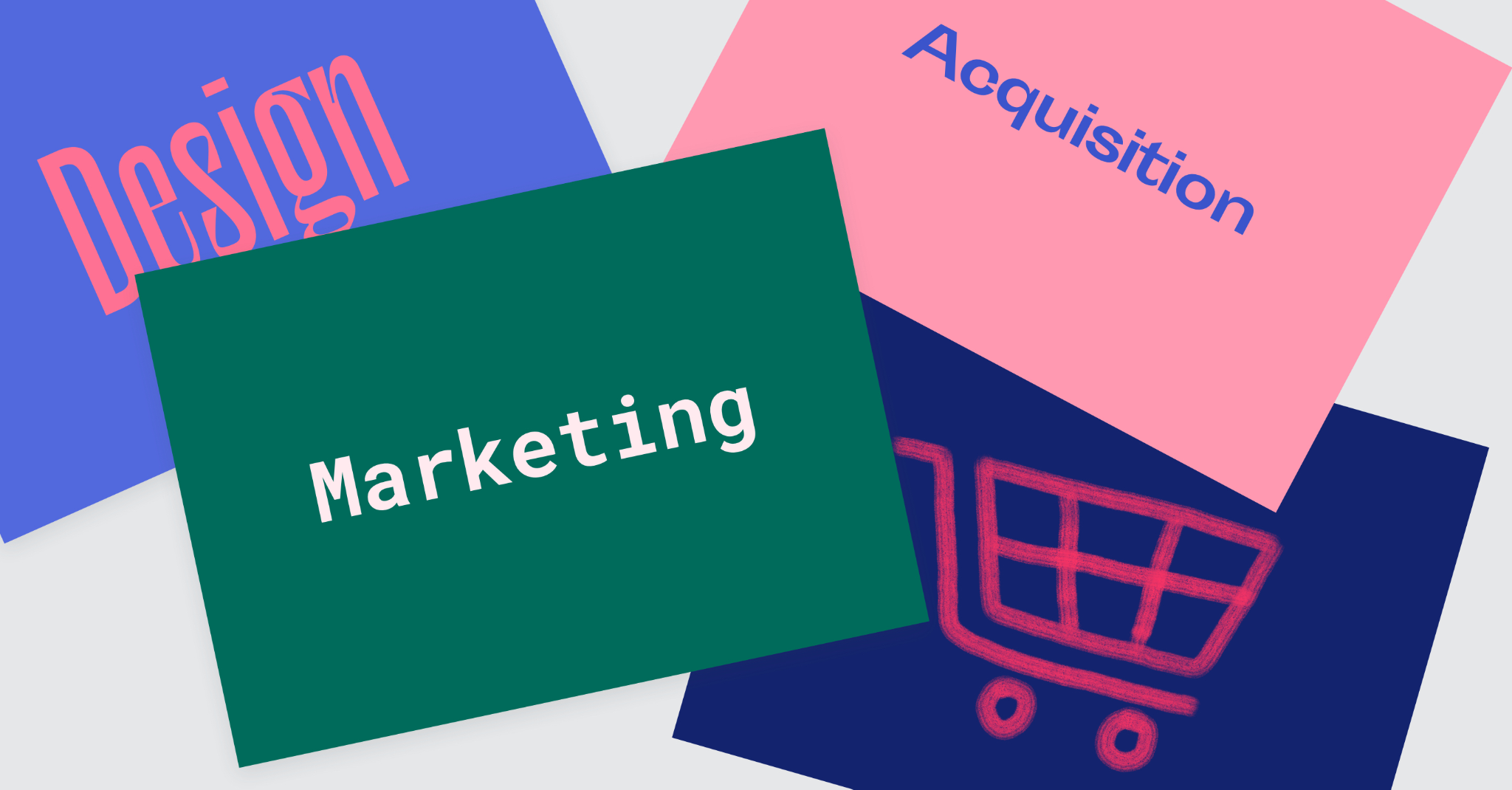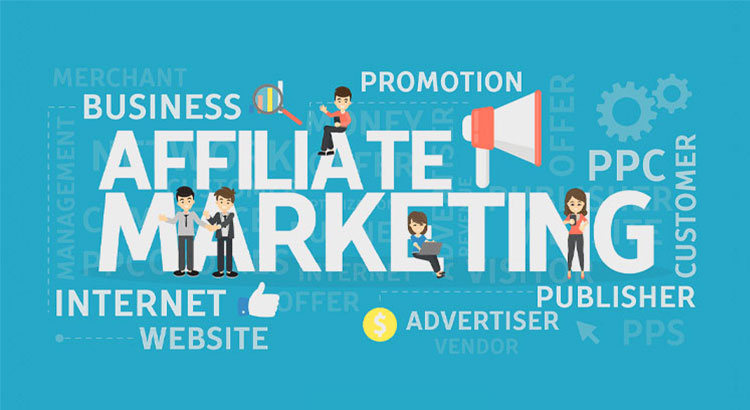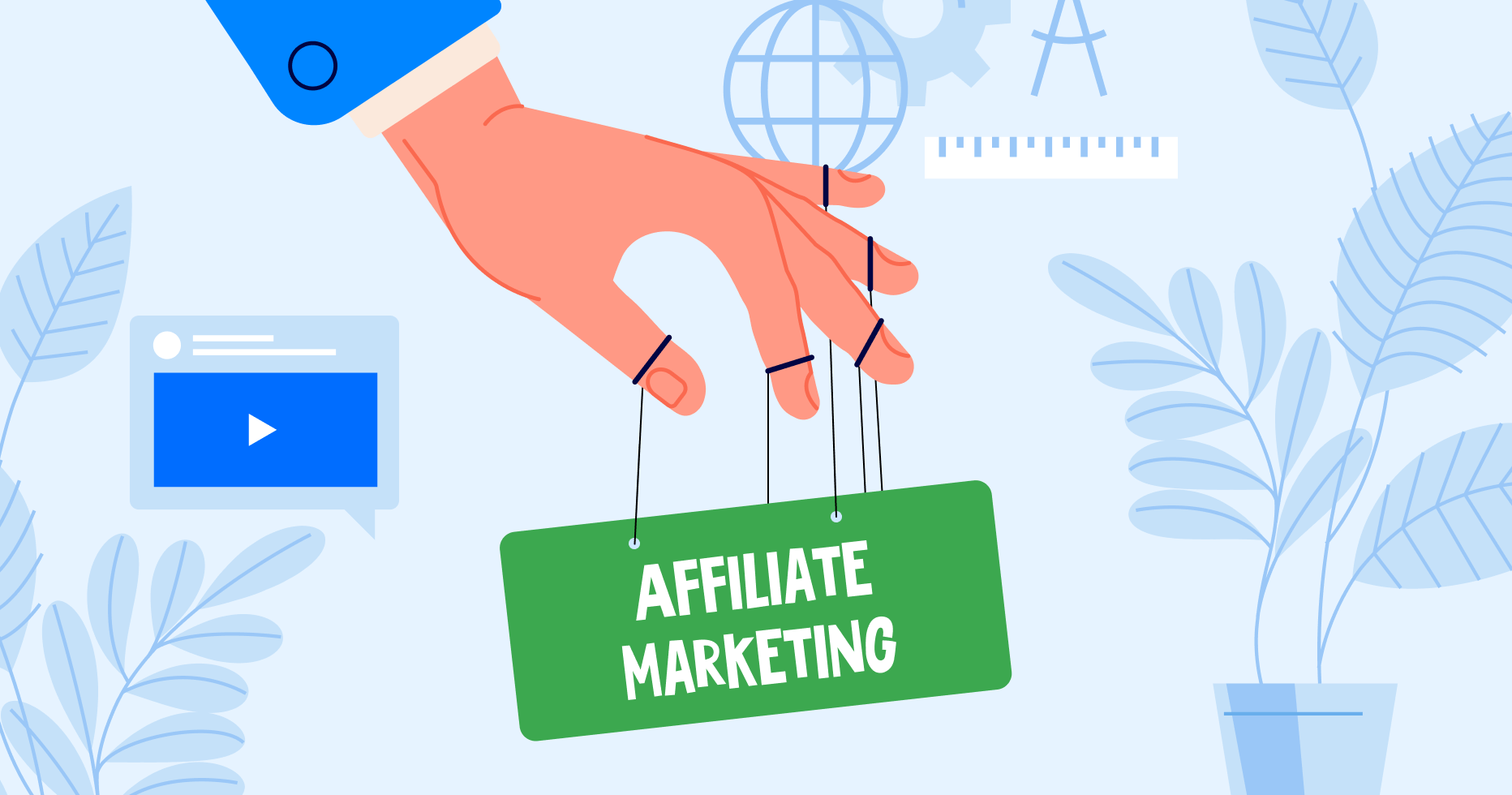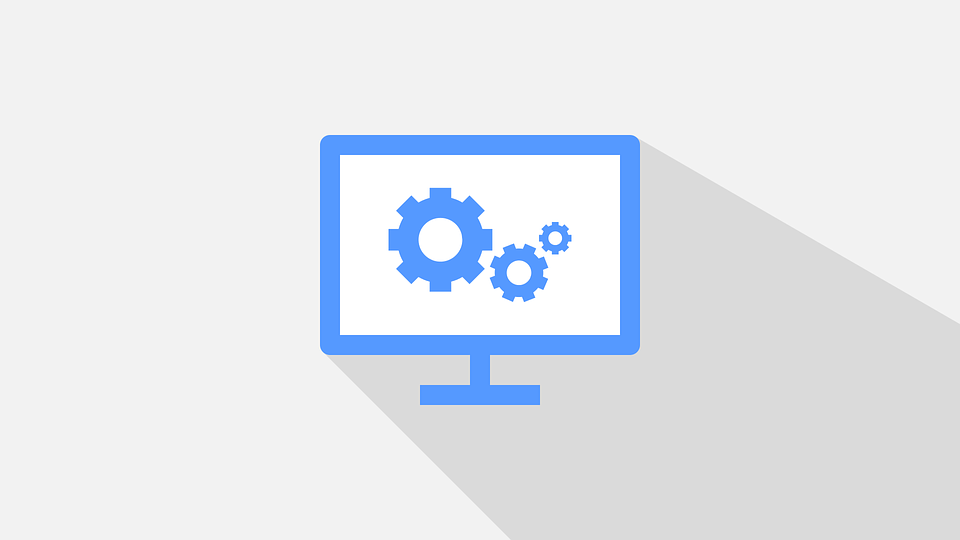Why is E-design growing and Why is it a good time to start an E-design business?
There is no doubt that e-design has fundamentally changed the interior design services marketplace. What was once an almost stuffy industry, offered only to those with enormous budgets, has now become an easily accessible and lower-cost service available to millions of potential buyers.
E-design continues to grow in popularity among those who offer the service and those who want to use the service. There are several factors driving the growth of e-design services. First, the effects of the COVID-19 pandemic forced interior designers to quickly become more comfortable with offering virtual services. Second, e-design is, for many, a much less expensive option than working with a traditional interior design firm. The level of service may not be as detailed or involved, but it bridges the gap between a buyer’s ideas (or lack of ideas) about how they would like their home to look and their ability to bring those ideas to life.
The lower cost and widespread accessibility of e-design services have created what seems to be an entirely new market for interior designers (i.e., clients with smaller budgets and smaller projects). Lastly, people are more comfortable than ever shopping online. After their designs are completed and approved, a client can easily start buying furniture, paint, decorative items, etc. Essentially, the next steps to complete their projects can be tackled with a few clicks! The ease of online shopping means that e-design clients can bring their entire project to life without ever leaving the comfort of home.
Read also – How To Start An E-design Business?
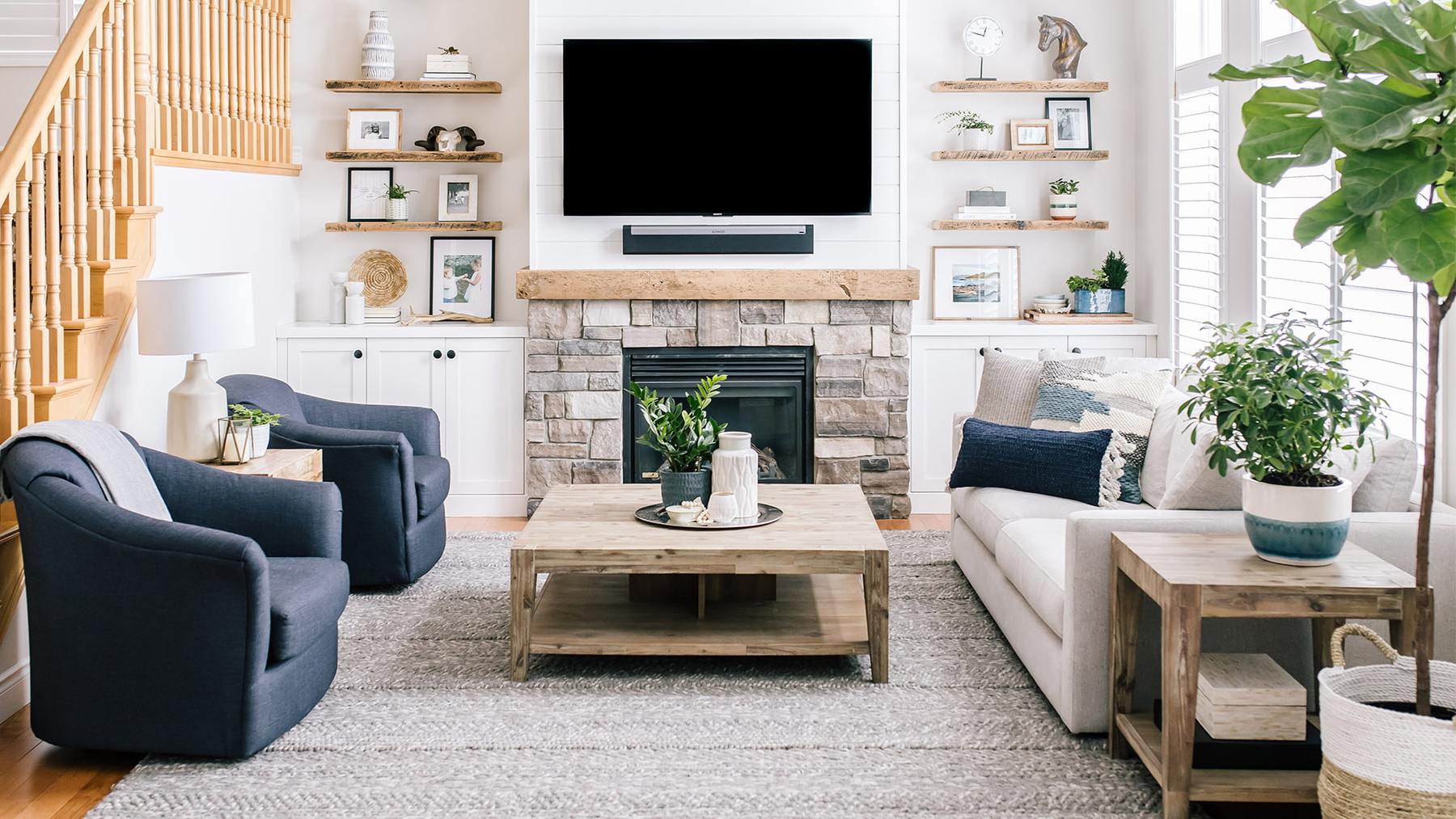
Image Credit: orangetreeinteriors.com
Why E-design is a great option for interior designers?
E-design businesses offer significant advantages to interior designers who want to start a new business or diversify their current service offerings. Below are three of the top advantages of e-design for small business owners:
E-design projects are often smaller and allow you to handle a higher number of clients. While the total amount earned might be lower on a per-project basis, having more clients actually reduces your risk as an entrepreneur. In many cases, it is better to have a more diversified client base than only a handful of larger clients. Why? Because, when one of your larger clients leaves or completes their project, you will have to spend time hunting down a client with the same budget to replace the one you lost. This fluctuation produces more financial instability, which makes it difficult to anticipate your earnings each month.
The startup costs associated with an e-design business are much lower than those for creating a traditional interior design business. Brick and mortar businesses often produce a tremendous amount of overhead, including rent, utilities, administrative support, travel, etc. When starting an e-design business, your overall needs are essentially limited to a room in your own home or apartment, a low-cost but powerful interior design software, and a few inexpensive tools listed later in the article. The low costs associated with starting your business will allow you to focus on getting a few client projects under your belt before adding expenses.
Because e-design services can be offered virtually, interior designers now have access to a globally distributed client base. When first starting their businesses, most interior designers spend a significant amount of time trying to figure out how to get new clients. By offering virtual services, you can reach a much larger audience of potential buyers with ease.
Image Credit: toggl.com
How E-design benefits interior design clients?
Interior designers aren’t the only ones who benefit from the rise of e-design services. Regardless of their budget, style, or preferences, interior design clients can also reap the benefits of e-design services in the four following ways:
- In today’s fast-paced culture, convenience is key. For many clients, e-design is a highly convenient option for receiving services and works better with their busy schedules. Rather than driving to an office for meetings, clients can simply hop online, fire up virtual meeting tools and begin working on projects with their designer.
- The speed and simplicity of e-design services mean that clients can often complete simple, uncomplicated projects faster and with less hassle.
- By hiring a designer through an online platform, e-design clients have access to a much larger pool of potential service providers. Accordingly, clients can choose to hire an interior designer that specializes in their favorite styles and with whom they most enjoy working.
- Perhaps the biggest advantage of e-design services for clients is that, in general, this method of receiving interior design help costs less than traditional providers (depending on the size and complexity of the project).
Read also – Interior Design Sourcing and Procurement
Image Credit: Better Than Sure
How to set prices for your E-design services?
Determining what your prices should be is one of the first challenges that interior designers face. However, there are a few basic strategies for setting prices that will help e-design providers get started with the process:
Research competitors or other e-design providers and determine the range of prices currently available to your ideal types of clients. Depending on your level of experience and the sophistication of your virtual design process, pick an hourly rate or per-project cost (still determined by the amount of time required) that is near the median price range.
Setting your prices low is an easy way to get work, but you will likely not earn enough money for each project. If you are earning enough money, chances are high that you might suffer burnout from the pace of work. If you set your prices too high, clients may have unrealistic expectations about your quality and capabilities.
Consider creating design packages in more than one price range to give clients multiple options. A common practice when pricing services is to provide three options: low cost (least service), the average price (best value), highest price (most exclusive service).
When setting your prices for e-design packages, ensure that you use a design questionnaire with potential clients to be fairly compensated for your time based on your level of experience and qualifications. This will allow you to gauge the level of work involved, from a simple DIY project to a completely new home design. Additionally, don’t forget to factor taxes and other fees (e.g., a percentage taken by platforms that connect designers with clients) into your overall pricing.
Don’t be afraid to say no to underpaying projects, even for local clients or those that have used you before. Being a little bit picky with the kinds of clients and projects to take on will give you the ability to say yes to better opportunities as they arise, including full-service interior design projects.
Image Credit: Primaseller
How to increase the revenue of your E-design business?
Once you’ve established your business and completed successful projects with clients, you will slowly begin to feel more comfortable charging higher prices for projects where you have demonstrated expertise. If you have enough work currently to stay busy, increase the prices listed on your website or other platforms you’re using to source work. Gauge the reaction to your price increases and note if the work remains steady or slows down. Depending on the reaction, make adjustments accordingly.
Leverage client testimonials as social proof of your quality of work and client satisfaction. Word of mouth still remains one of the most powerful tools for earning new business, and clients that provide referrals are invaluable.
Build a portfolio that shows your full capabilities. The more work you complete, the more impressive and comprehensive your portfolio will appear to potential clients. Adjust your prices and target bigger budget clients as your expertise is honed. As you target new clients, consider developing a niche in an underserved market where there is less competition and fewer qualified service providers.
Read also – Best Interior Design Portfolio
Image Credit: Copper CRM
How to market your E-design business and find the right clients?
Even though your time is limited when starting an e-design business, don’t neglect the simple, powerful marketing techniques that can help you be found by new clients. Below is a brief list of some marketing practices that will improve your ability to secure new business:
1. Build a simple website and develop basic content marketing practices for SEO and online lead generation. This can be as simple as posting a few articles a month to improve your rankings and discoverability.
2. Focus heavily on posting inspirational images, design plans, room designs, mood boards, and other relevant content on social media. The visual, image-based social sharing and interactions on Instagram and Pinterest make them ideal for showing off your e-design skills.
3. Start an email list that you use to send out your own content or curated content from other design websites (non-competitors). Create a simple content calendar to help you stay on track. Consider using high-value offers like free design consultations, a complimentary floor plan review, a free concept board, or a free session to help prospects create a custom shopping list or pick a paint color for their bathroom, kitchen, or living room.
4. No matter which marketing channels you use, make sure you stick to the cardinal rule of good marketing: add value to your potential clients. People will continually return to your content if they find it informative, insightful, and thoughtful. Digital marketing is becoming more about quality and less about quantity.
Read also – Pinterest Marketing for Interior Designers
Image Credit: Digital Marketing Institute
Why choosing an area of specialty is crucial for your E-design business?
If you’re what most people call a “generalist” (i.e., you haven’t developed an area of interior design specialty) there are only two main ways that you can compete for business. The first way is through lowering your prices, which means you make less money on every project. The second way is through offering better service than your competitors. However, potential clients may not place as much value on service, particularly because the relationship and service-delivery model with e-design is entirely virtual.
Developing a niche or specialization in e-design will make you more exclusive and valuable to clients. Examples of specializations include focusing on specific styles that are currently in demand or that other e-designers can’t do well. You might find that many designers are chasing trends but have forgotten about classic interior design styles that are still relevant and for which some clients are willing to pay more. The old adage “pick a niche, get rich” is often true. The more proficient you become, the more referrals you’re likely to earn from happy clients.
An added benefit of developing skills within a specific niche is that you will become faster and more knowledgeable in those types of projects, increasing your profitability and confidence. To effectively show your specialization, make sure you’ve created a persuasive and compelling portfolio that demonstrates your expertise. When clients see your portfolio, they should clearly see that you can bring their design ideas to life and reflect their specific tastes with an eye for detail.
Read also – How To Build A Strong Interior Design Brand?
Image Credit: Dynamic Business
How to make potential E-design clients hire you?
First, you have to prove that you can deliver the results that clients want. At the end of the day, clients want their interior design ideas to come to life, or they want an e-designer to be able to help them create a defined style for their home.
Before meeting with a potential client, prepare a list of questions to determine if you are a good fit for their project. Be as objective as possible about your ability to help them. Don’t force your capabilities and expertise to seem relevant once you understand the client’s objectives. Ultimately, this will only cause both parties to become frustrated and disappointed in the results.
Clients will respect the fact that you are willing to refer them elsewhere if you can’t help them. Your questions should also help you understand if the client knows what they actually want – do they have a defined style or expected outcome for the project?
Develop a persuasive pitch to help win new business. Your pitch should cover details about why you are a preferred e-design service provider, including past client results, repeat business you’ve earned, your number of years in business, and your areas of expertise.
Be punctual and professional. Think about the last experience you had that was so good that you wanted to tell other people about it. Why was that experience so good? How were you treated? How can you emulate and replicate the best aspects of that experience? Service-based businesses like e-design rely heavily on clear communication, aligned expectations, and high levels of responsiveness.
Read also – Expanding Virtual Clientele for E-design Business
Image Credit: Kinex Media
How can you earn up to 3X more with affiliate links?
When used properly, affiliate links are a highly effective and reliable way to increase your profits. The goal of using affiliate links is to allow designers to easily earn extra money in a fairly passive way. Functionally, affiliate links are simply links to a product or service on a 3rd-party website (not your own) that are used to track web traffic from your content to their site.
A unique tag is applied to visitors that you send to the 3rd party website and their activity on the website is all tracked, including sales made during their visit. Affiliates (i.e., people using affiliate links in their content) are typically paid commission either per click or per sale (preferred due to the higher earning potential).
Read also – How To Leverage Influencer Marketing For Your Interior Design Business?
What companies offer affiliate programs?
Most large online retailers (Wayfair, Amazon, etc.) offer some types of affiliate programs. You can typically find additional information on these retailer’s programs by scrolling to the bottom of their website and looking for links like “Become an Affiliate,” or something similar.
Are affiliate links actually passive?
While a significant amount of work does go into creating content that attracts potential buyers, the content is then able to be seen by people on an ongoing basis. You may still need to update the content over time to ensure it is relevant and performs well.
How can e-designers use affiliate links?
There are several popular ways to affiliate links to help earn passive income:
- First, these links can be used in content on your website that receives either paid or organic Internet traffic.
- Second, you can use them in social media posts, Youtube videos, eBooks, marketing emails or other digital content you commonly distribute. Be sure to check the regulations included in your affiliate program as some retailers have restrictions on where links can be used.
- Lastly, you can also use affiliate links for product recommendations to clients. Once your client has settled on a design and approved the next steps they will proceed to buy any items needed to complete the project. Designers have the opportunity to earn commission on those purchases through affiliate links.
Image Credit: Travel Payouts
5 things to consider when picking affiliate programs:
1. Make sure that you’re recommending reputable, quality retailers. Poor customer service or low-quality products that someone receives from your affiliate link will hurt your brand.
2. Research multiple affiliate program options to make sure that the earning potential from commissions is worth the time and effort required to undertake affiliate marketing tactics.
3. Don’t pick items with the highest prices just to increase your commission. Instead, align the types of products or services you are linking to (including their general price range) with the type of audience you’re reaching. If your audience is younger buyers with a smaller budget, try adding more links to lower-priced items. If you work with and reach a smaller audience with expensive tastes and bigger budgets, focus their attention on big-ticket items that are exclusive.
4. Be clear with clients that you are using affiliate links – this is actually a requirement for affiliate programs. If the client likes working with you, they likely won’t care and may even appreciate the chance to offer you additional financial compensation for your work on their project. No one likes being misled or feeling that they were used to help you earn money unknowingly.
5. Give affiliate links time to work. Depending on the sophistication of your marketing efforts, you may be receiving very little traffic or engagement currently. Over time, as your business and potential audience grow, you will likely earn more from affiliate links. The size and level of engagement from your clients and audience are typically the biggest determinants of how much you will make from affiliate links.
Read also – Digital Marketing for Interior Designers
Image Credit: Solutions Review
Essential tools for running an E-design business
Without a doubt, the most important tool for running a successful e-design business is a powerful online design platform. You will use your design software on a daily basis to create and review designs with your clients. Link to the best e-design software platforms for designers in 2023.
Basic accounting software is also critical for tracking expenses, issuing invoices, financial reporting, and documenting financial transactions. While it’s not the most fun part of running a business, the operational aspects are crucial for ensuring that you get paid on time and have a clear, traceable record of all activity.
Other essential tools include reliable equipment and services like the following:
- A powerful computer capable of performing all of the needed functions.
- A smartphone that can be used for conducting online business.
- A strong Internet connection.
- A quality webcam to ensure you appear professional when meeting with clients or recording marketing content.
- Link to new normal e-book.
Read also – Best Computer for 3D Modeling and Rendering
Why Foyr Neo is the top choice for your E-design business?
Foyr Neo was created to be used by professional interior designers, those just getting started in their careers, and even passionate homeowners who want to visualize their projects. It is a simple, intuitive interior design software that helps designers easily create stunning renderings to wow clients, all while saving time on repetitive tasks. The platform includes innovative features like:
- Easily adding objects to the design to create a complete, detailed preview for clients.
- Sophisticated lighting options to create stunning, detailed projects.
- 4K, photo-realistic renderings. Don’t lose business due to poor-quality renderings that fail to impress clients.
- Edit real-time in 3D.









